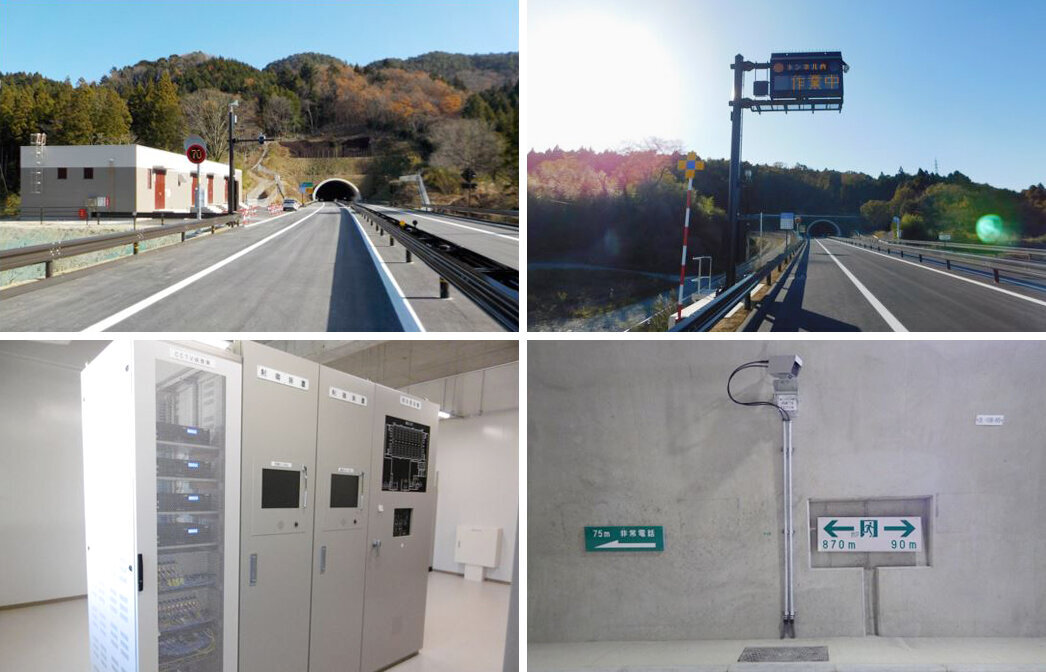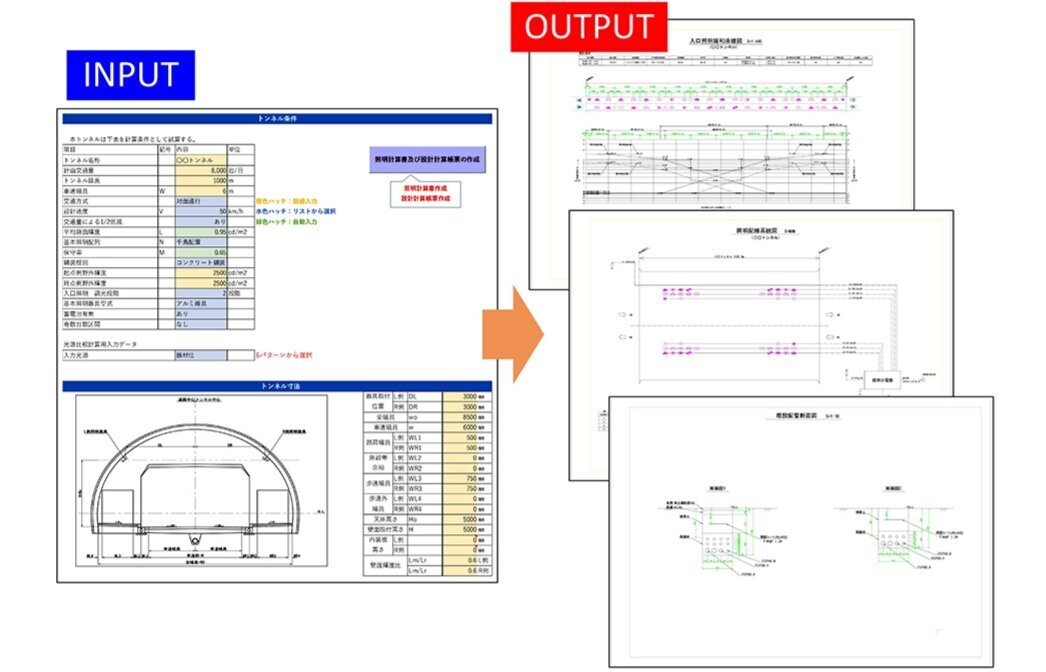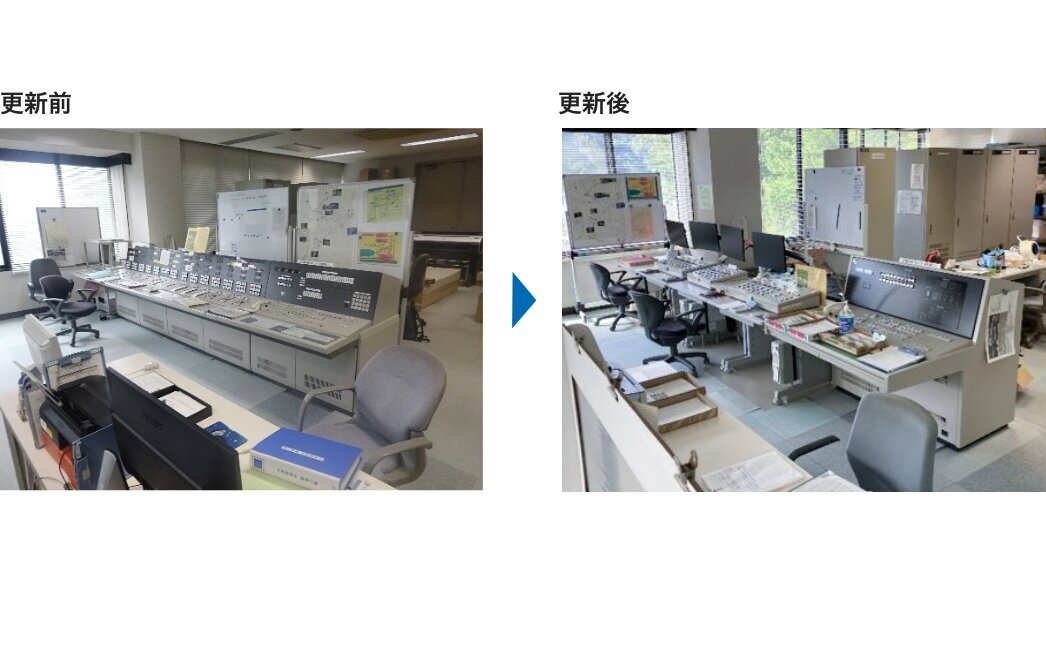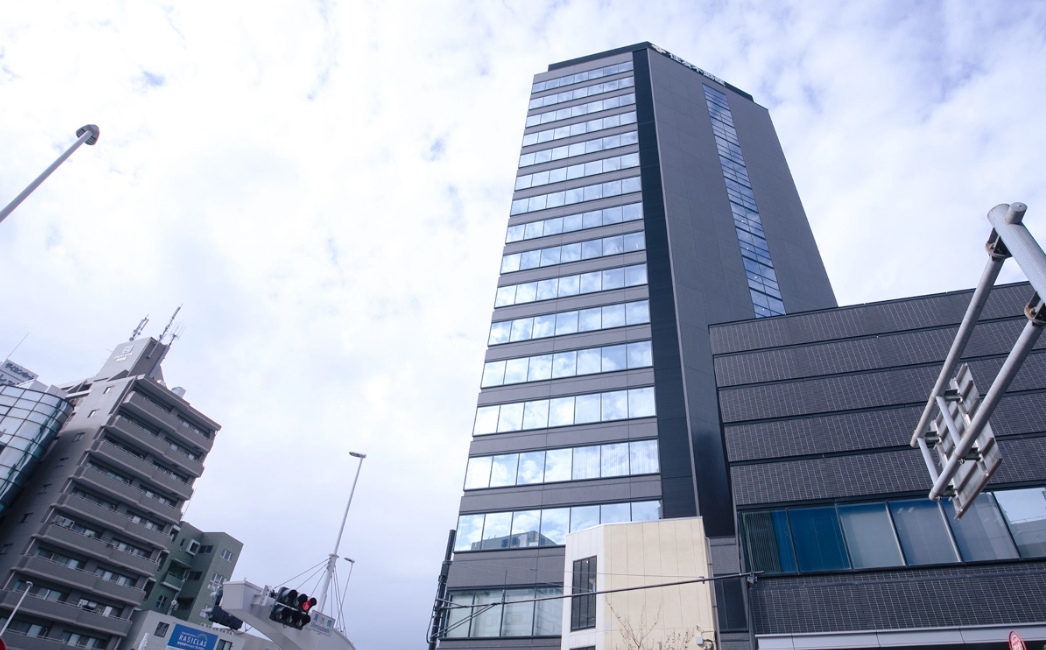Facilities (Electrical, Communications, and Equipment)
Facilities to breathe life into infrastructure
Facilities for electricity, communications, and equipment are essential if the most is to be made of our infrastructure. Oriental Consultants provides technologies relating to the planning and design of facilities for all kinds of infrastructure, from road and tunnel facilities (lighting, alarms, ventilation, etc.) to dam control facilities.
Detailed design work for the safety control system of the Soma Nishi Road tunnel

As a leading project for the swift recovery of the Soso region following the Great East Japan Earthquake, this project needed to be carried out as quickly as possible. With the aim of improving access from the Soso region to the Nakadori region, a 6.0 km road was constructed in Yamakami, Soma City. Three municipalities (Minami-Soma City, Soma City, and Shinchi town) in the coastal area had poor accessibility to specialized medical care (only 5.1% of the population served by medical care available within 60 minutes), and the task here was to improve the safety and speed of the emergency transport of patients. Thus, Soma Nishi Road, a high-standard highway, was chosen to be the subject of a project in which we undertook the building design of the electrical room to supply power to the road’s facilities, and the design of the tunnel safety control system that provides safety and peace of mind to road users. We designed, among other facilities, the tunnel lighting and the radio relay system that transmits emergency information inside the tunnel and the CCTV system to check road conditions such as snow coverage. As this was a disaster recovery project, time was of the essence; as we offered one-stop services from the building design to facility design, the work led to smooth construction ordering. In recognition, we were awarded the Director’s Commendation.
Tunnel Lighting Automation Design (TLAD)

Tunnel lighting creates a visual environment that enables the driver to proceed safely and comfortably when entering a dark tunnel from the bright daytime light outside. Since the level of brightness inside the tunnel should be determined by the tunnel orientation and the shape of the land around the mouth of the tunnel, road standards, and traffic speed, an understanding of the design conditions is essential. Furthermore, since the tunnel is an enclosed space, the contrast in the brightness of not only the road surface but also the roof and walls has a significant impact on the visual information acquired by the driver, and for this reason the balance of brightness throughout the whole space needs to be designed appropriately. To create an appropriate visual environment, tunnel lighting design requires calculation of the luminance (an indicator of brightness) of the road surface. The parameters affecting road surface brightness and the method for calculating them are complex, and in the past required the experience and knowhow of a veteran engineer. For this project, we developed a program to automate the lighting calculations, design drawings, and quantity calculations simply by inputting the required design conditions. In addition to improving the quality of deliverables through such labor-saving techniques for the tunnel lighting design and a reduction in input errors, it also enabled us to build an in-house system that enables even younger employees to learn tunnel lighting design through practical work. Going forward, we will continue to carry out R&D, making good use of the simulation technology developed in civil design, as we aim for the use of BIM/CIM in the 3D imaging of roads (including tunnels) and fully automated design via AI.
Water source control station: Remote monitoring and control system design

Toyokawa Canal collects rain that has fallen in the mountains of Okumikawa using a weir and stores it in two dams, Ure Dam and Oshima Dam, from where it is delivered via waterways far off to the Atsumi Peninsula of Aichi Prefecture and to Kosai City in Shizuoka Prefecture. The purpose of the water source control station (at Ure Dam) covered by this design project is to ensure optimal water use by remotely controlling the Onyu weir, the Furikusa weir and the Sakuma water conveyance facility to channel the water to the Ure Dam. In this project, we achieved automatic operation and labor-saving by redesigning and updating the existing equipment, saving on space, and making explicit the tacit knowledge of veteran operators.




